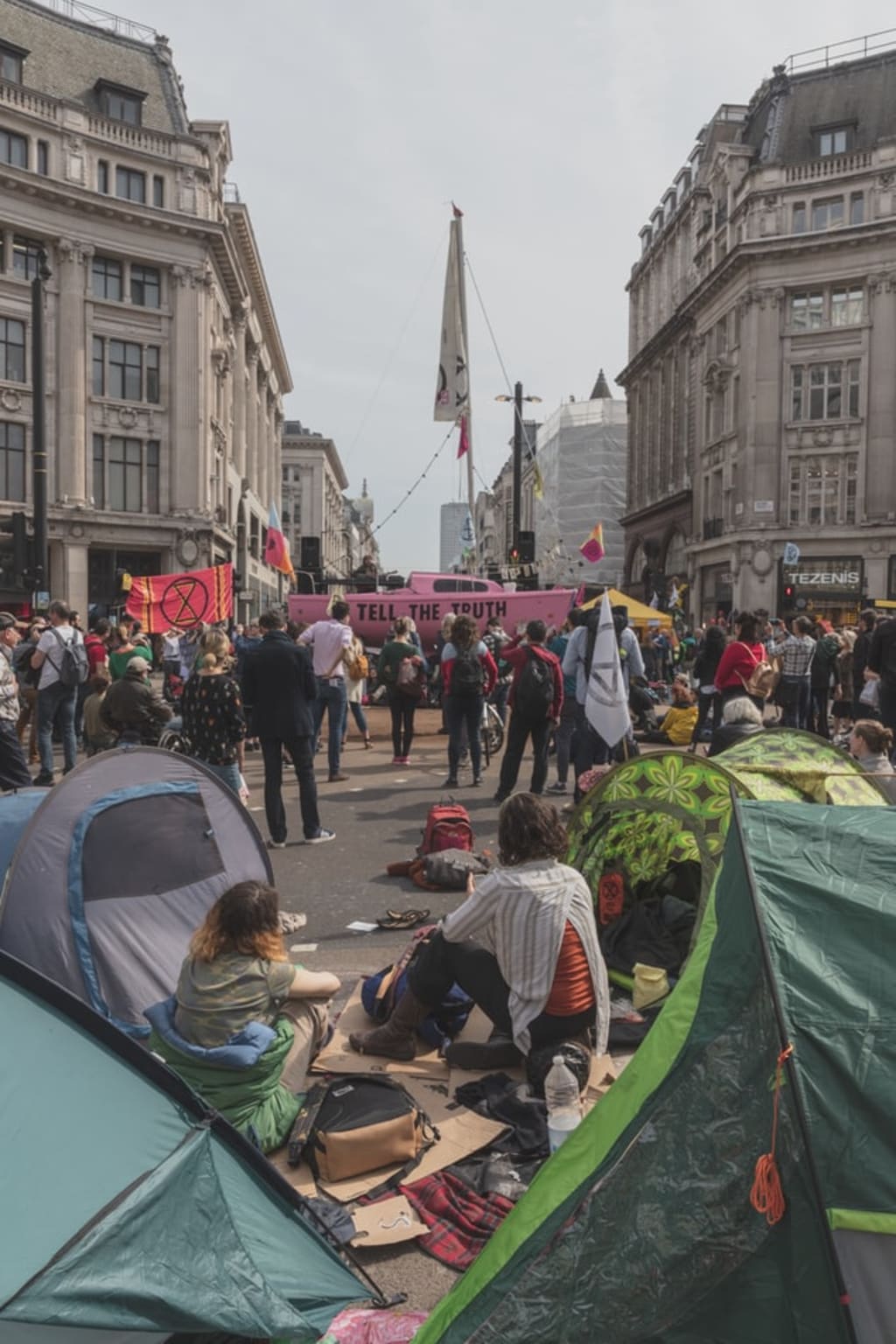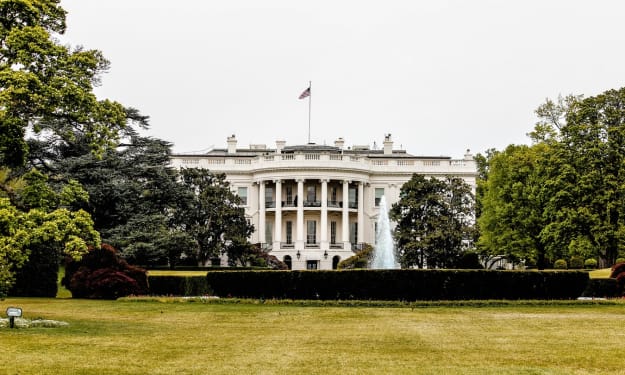About Extinction Rebellion: Change Has Always Come from Disobedience
With the environmental movement becoming more controversial, can it actually incite change?

Recently the Extinction Rebellion hasn’t been afraid to disrupt the established order of things, which can be disrupting for quite a few people as commuters in London discovered in mid-April, when the climate change protest group planted a big pink boat right into the middle of Oxford Circus, grinding the area to a halt. However, despite the reasonable aggravation of having their days disrupted, everyone should consider the bigger picture and blame the powers that be, rather than the protesters, for the disruption caused. After all, the protesters wouldn’t be there is the climate wasn’t in a state of freefall, a situation that the UK government is choosing to ignore in favour of Brexit. And to those people who ask why Extinction Rebellion aren’t protesting peacefully, the answer simply is this: Many have already, but nothing’s happened. And history shows that is that doesn’t work, then direct action is the way to go. So here’s a quick history lesson.
The Stonewall Riots
Almost 50 years ago to the day, the birth of the modern LGBT rights movement is said to have begun at the Stonewall Inn in Manhattan, New York, where the mafia-run pub, which was a hotspot for gay people, was raided by police. Not allowing themselves to be bullied, intimidated, or pushed around by the NYPD, ordinary queer people took it upon themselves to take the fight to the police. Only days later, the first pride parade took place, with the LGBT community showing that they exist and won’t hide. By not allowing themselves to be the victims, the police were wary of taking the gay community lightly. And whilst the pride movement is now seen more as a celebration of being who you are rather than a protest, there are still elements to the various pride events which focus on political issues. And because it’s now summer, that means pride season is right around the corner. So what better time to head down to your local pride march with a fabulous new outfit? And it doesn’t have to cost the earth either. Thanks to sites such as My Favourite Voucher Codes, you can make some great savings on retailers such as Debenhams, Asos and Topman.
The Suffragette Movement
Everyone remembers the Suffragettes, but every few remember the Suffragists. They were the far more peaceful group that preceded the Suffragettes, choosing to ask for women’s suffrage using less-disruptive methods. The suffrage movement in the UK started in the 1870s, and by the early 1900s, they still had made little progress. They preferred to use constitutional methods such as Private Members Bills to promote their ideas, however those sort of bills would rarely pass through the House of Commons, meaning it was an ineffective form of enacting change. It wasn’t until 1903, where a breakout group—the Suffragettes—emerged. Taking a direct-action approach, they brought a movement that was on the political fringes right into the mainstream public consciousness. Tactics adopted by the suffragettes included stone-throwing, shouting down speakers, window-smashing and sometimes even arson. These acts did get a few suffragettes thrown in prison, where they simply took part in hunger strikes. It is hotly debated by historians whether these acts did in fact help, but things like Emily Davison getting trampled by the King’s horse in 1913, which was seen as a barbaric act at the time, is nowadays seen as a defining image of how women eventually got the vote in 1918.
The Civil Rights Movement
This movement was borne out of the mistreatment of black citizens in America. Rosa Parks one person who sparked the movement, who refused to follow the established order by defying the segregation policy that was in place on buses in Montgomery, Alabama. This in turn led to the Montgomery Bus Boycott, which was, up until that point, the biggest display of civil disobedience seen by the black community in the US. The boycott seriously damaged the city’s transit systems, as many of the usual bus riders were black men and women. From this, the civil rights movement spawned in the USA, where Martin Luther King Jr., who was coordinating efforts during the boycott, took on a major role in the movement, which reached a real high point in 1963 with the March to Washington, where up to 300,000 people turned up at the mall to witness his infamous I Have a Dream speech. This march was widely credited with the introduction of the Civil Rights Act of 1964.
Disobedience has always been a part of change, and to change the current order of things, which at this moment is an impending climate catastrophe; drastic but sometimes disruptive measures have to be taken in order to affect change. With Extinction Rebellion, it’s too easy to look at the video footage, news reports and vox pops from frustrated commuters and dismiss what they stand for, which is what we should all stand for: a clean, green planet. But just remember why they’re there, because the planet is facing a climate emergency, and the government is turning a blind eye to green issues. The only way that will change is how any other type of widespread change is gained: disobedience.





Comments
There are no comments for this story
Be the first to respond and start the conversation.